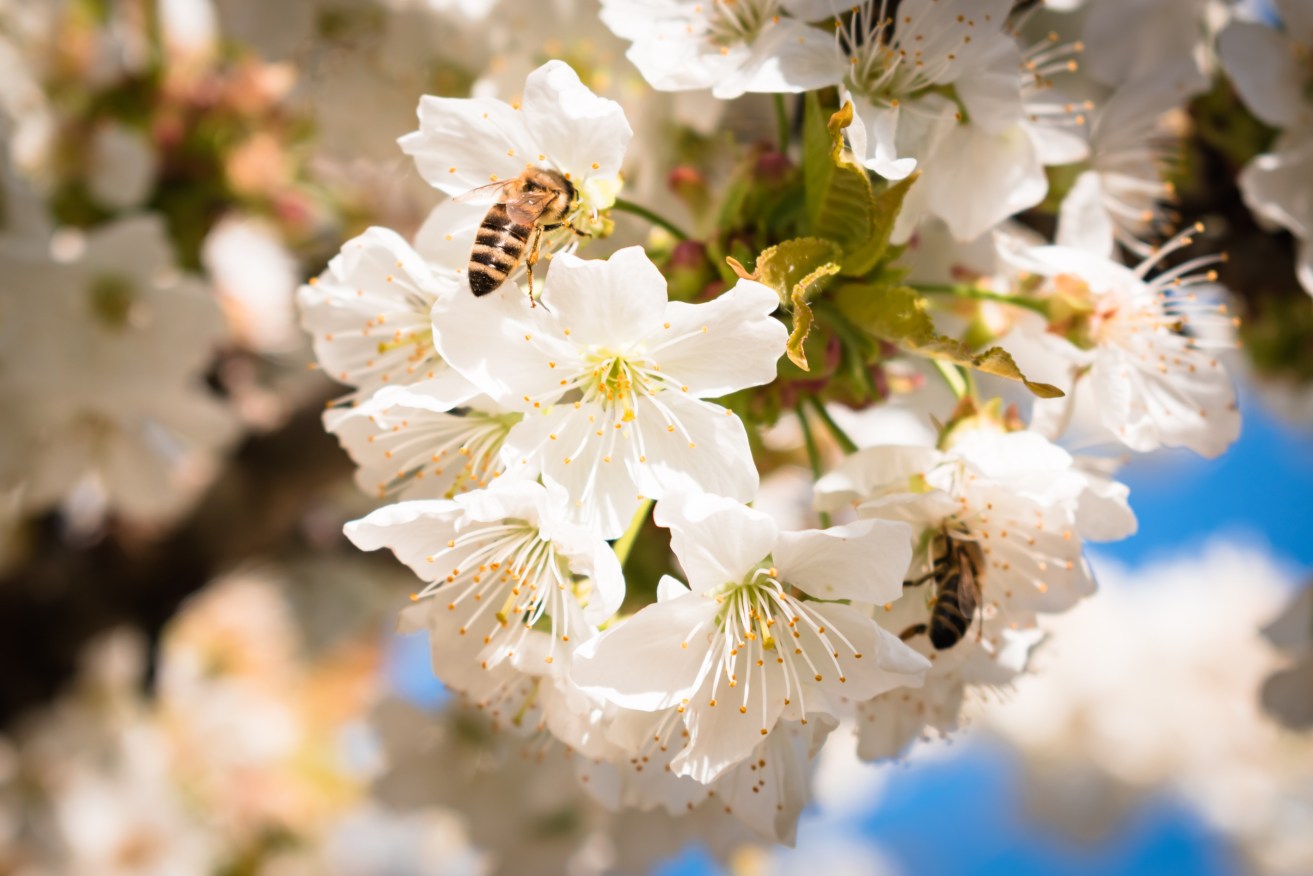How AgTech can bring the buzz back to South Australia
South Australian growers are feeling the impact of recent bee shortages but new hive technology businesses say they can help beekeepers protect their bees while optimising pollination.


New technology could increase bee health and pollination rates in South Australian colonies. Photo: Nikolett Emmert/Pexels.
South Australian growers have been hit with a hive shortage and potentially lower harvest rates due to a ban on New South Wales hives crossing into South Australia after the discovery of varroa mites in the colonies.
Chief executive officer of BeeHero Omer Davidi is currently in the state looking to bring technology from the United States to SA that could help local ag businesses.
“We are looking to connect with some government officials as part of the effort to address the exposure of the varroa mite – something that, unfortunately, Australia has faced recently. We want to see how we can support the efforts to minimise the exposure using our sensors,” Davidi said.
BeeHero develops small sensors that are inserted into bee hives to attain data from inside the hive regarding temperature, humidity and sound so beekeepers can monitor live feedback to determine the condition of their colonies.
“The practice of beekeeping today is inspecting those hives every several weeks so a lot can go wrong in those time frames and this is one of the reasons we see … high mortality rates [in bee colonies],” Davidi said.
He claims that the technology can help beekeepers monitor any changes in their bees and respond before problems can decimate a hive or spread to other colonies.
Two common issues beehives face are queen failure, where the queen bee is not producing enough eggs to maintain the colony, and salvation, where bees are eating more of the food they collect and forage less due to changes in climate causing colder, dryer winters.
“You can replace queens or introduce new queens to colonies and save those colonies, and if we look at the salvation situation you can feed the bees so you can make sure they survive,” said Davidi.
“If we look at diseases, being able to detect the issue and eliminate the risks either via treatment or by isolating the specific area from the rest of the apiaries could help to avoid the spread of the disease.”
The use of this technology is not only to support beekeepers, but to optimise pollination and ensure good harvest results.
“Over the past 10 years, we have seen how agriculture has improved because of data driven decisions and how farmers can leverage data in order to make educated decisions and produce more output,” Davidi said.
“The population keeps growing and we need to make sure we can feed it. Looking at 2050 with 10 billion people on this planet, we need to make sure we optimise every aspect of food production because currently we keep taking natural habitat and converting it to farmland and this is limited.”
Bee Innovative, a New South Wales company that uses its data to track bees for optimal pollination and crop harvest, was an exhibitor at Adelaide’s recent AgriFutures evokeAG conference.
Rather than collecting data directly from the hives, Bee Innovative’s technology maps bees in the field to see where pollination is occurring, using this information to better understand where bee hives should be placed for precision pollination.
“Traditionally, what a grower would do is bring hives in and based on their previous experience or following advice,” said Bee Innovative chief executive officer David Lyall.
“At the end of flowering season after the hives have left, they would walk around the crops and see if they had a good year or bad year of pollination.
“What BeeDar allows them to do is to see how pollination is progressing while the bees are still in the crop.”
The data is then used as a continuous quality improvement process to optimise yield over years, or for growers to begin pollination with 90 per cent of their hives and place the other ten per cent accordingly after a week of tracking to cover any low-pollination areas.




